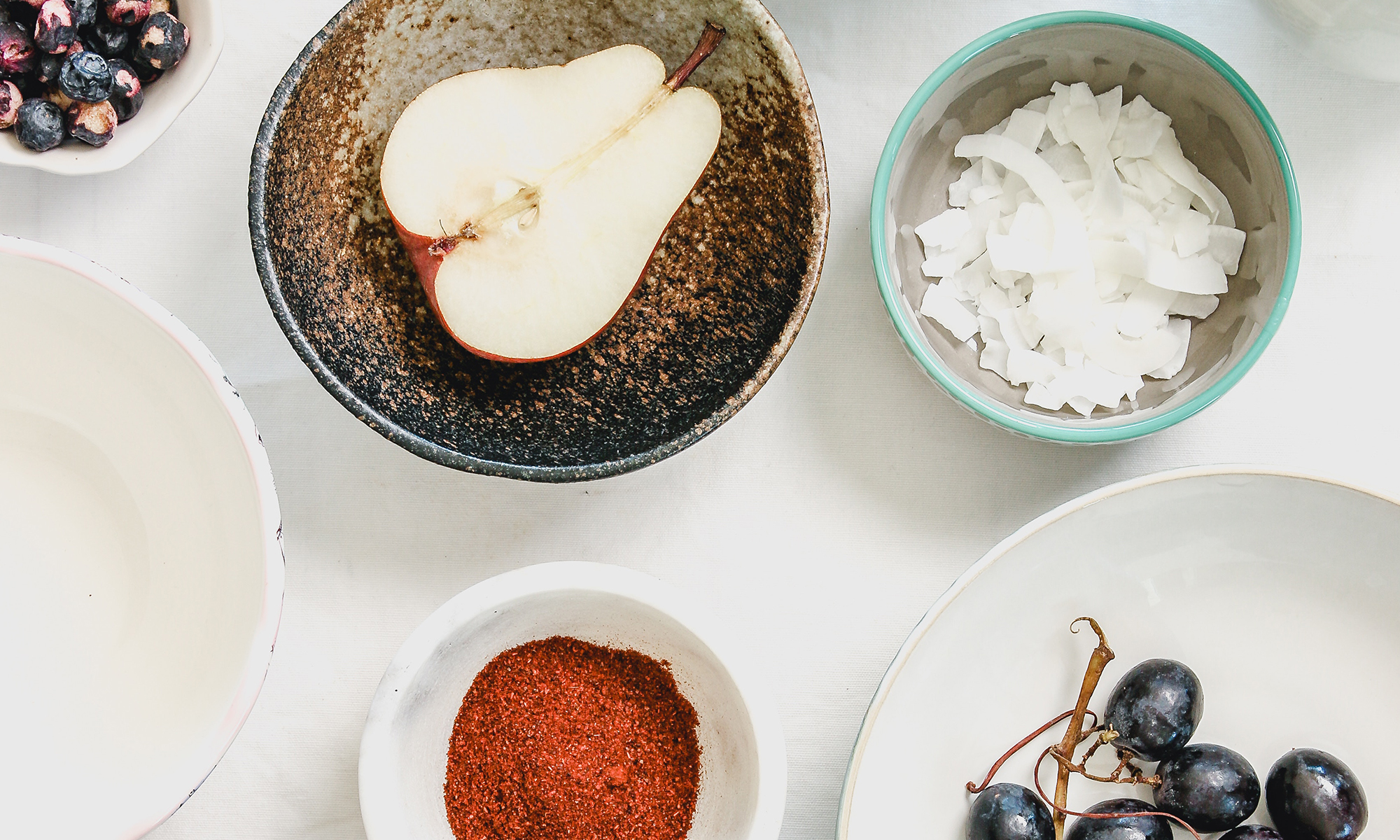My friend Lydia asked if I would lead a lasagna cooking class as a fundraiser for her non-profit Drop In and Decorate. Though it doesn’t fit into my usual style of teaching cooking of preparing more refined recipes, I love the idea of building lasagna from scratch. Lasagna from scratch can seem like an overwhelming task, but each of its components is pretty straightforward – pasta, ricotta, mozzarella and Bolognese sauce.
This is a perfect example of the whole being greater than the sum of its parts.
Even with 45 minutes of baking, the fresh pasta retains its toothsome texture. Homemade ricotta with fresh basil brightens each bit with its lemony tang. And the mozzarella adds creaminess. The rich Bolognese sauce lends a surprising lightness to the dish, perhaps from the minimal tomato product.
The net result is much lighter than the lasagnas I’ve been served in the past; satisfying without being heavy.
Totally From Scratch Lasagna
I have previously posted recipes for each of the components on my blog. Click on the links for more details.
2 cups ricotta
1 egg
2 tbs. plus ½ cup parmesan
1 tbs. fresh basil
pinch fresh nutmeg
3 tbs. butter
3-6 Sheets Fresh Pasta (use equal parts semolina and flour)
Bolognese Sauce
Fresh Mozzarella, thinly sliced or grated
Olive Oil
Salt and Pepper
1. Bring a large pot of water to a boil. Cook pasta sheets for 2 minutes. Drain well, and toss with olive oil
2. Mix ricotta with egg, 2 tbs. parmesan, basil, nutmeg, salt and pepper to taste
3. Brush the bottom of lasagna pan with butter
4. Spoon about 1/3 cup sauce on the bottom of pan.
5. Cover with a layer of pasta, overlapping slightly. Spread a heaping 1/3 cup of ricotta mixture evenly over noodles. Spread ¾ cup sauce evenly over cheese. Spread a layer of mozzarella over this. Layer pasta and then repeat process 2 or 3 more times.
6. Sprinkle remaining parmesan on top. Bake at 400 for 45 minutes. Let stand for 5 minutes before slicing and serving.
